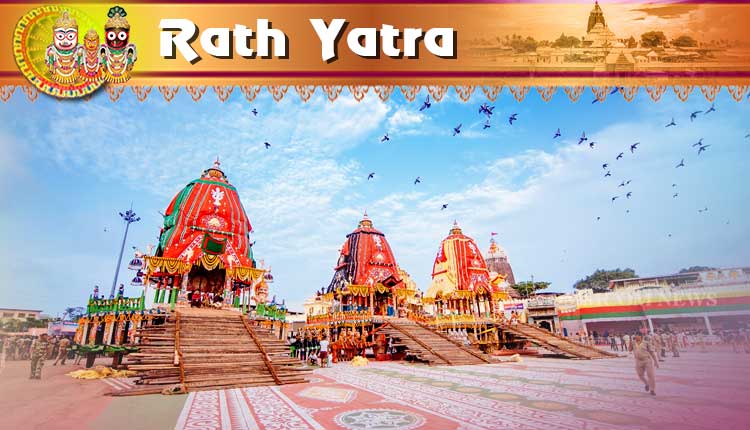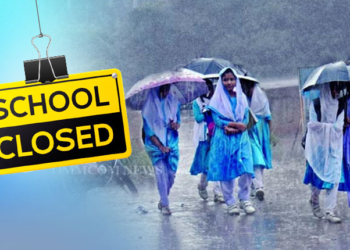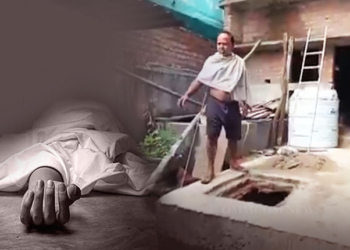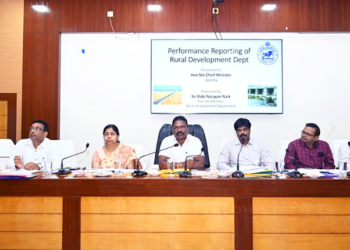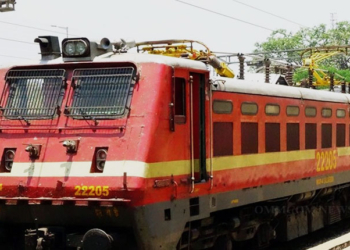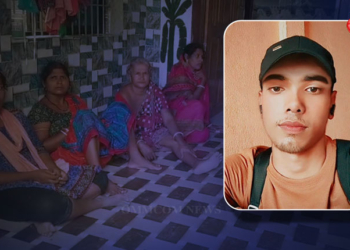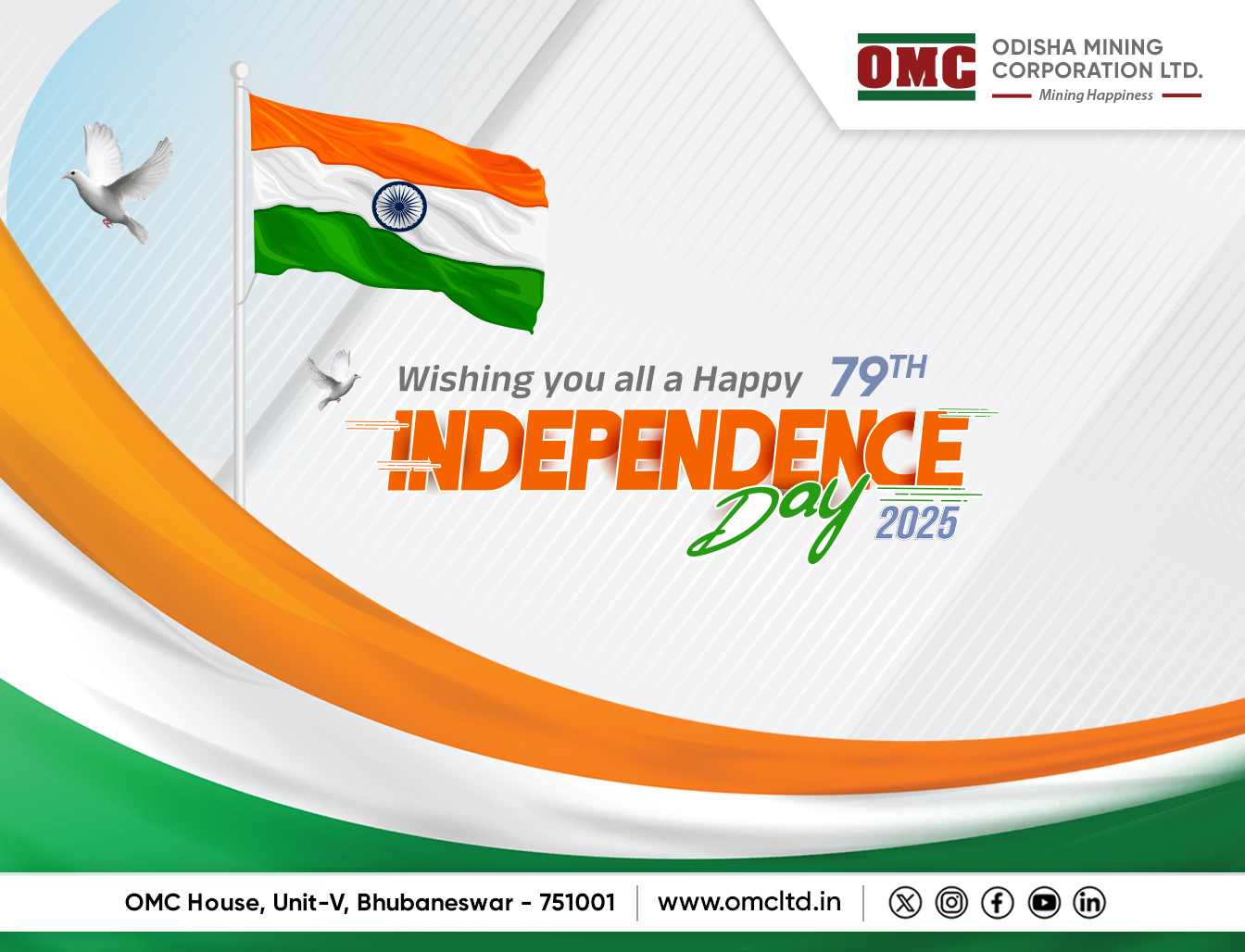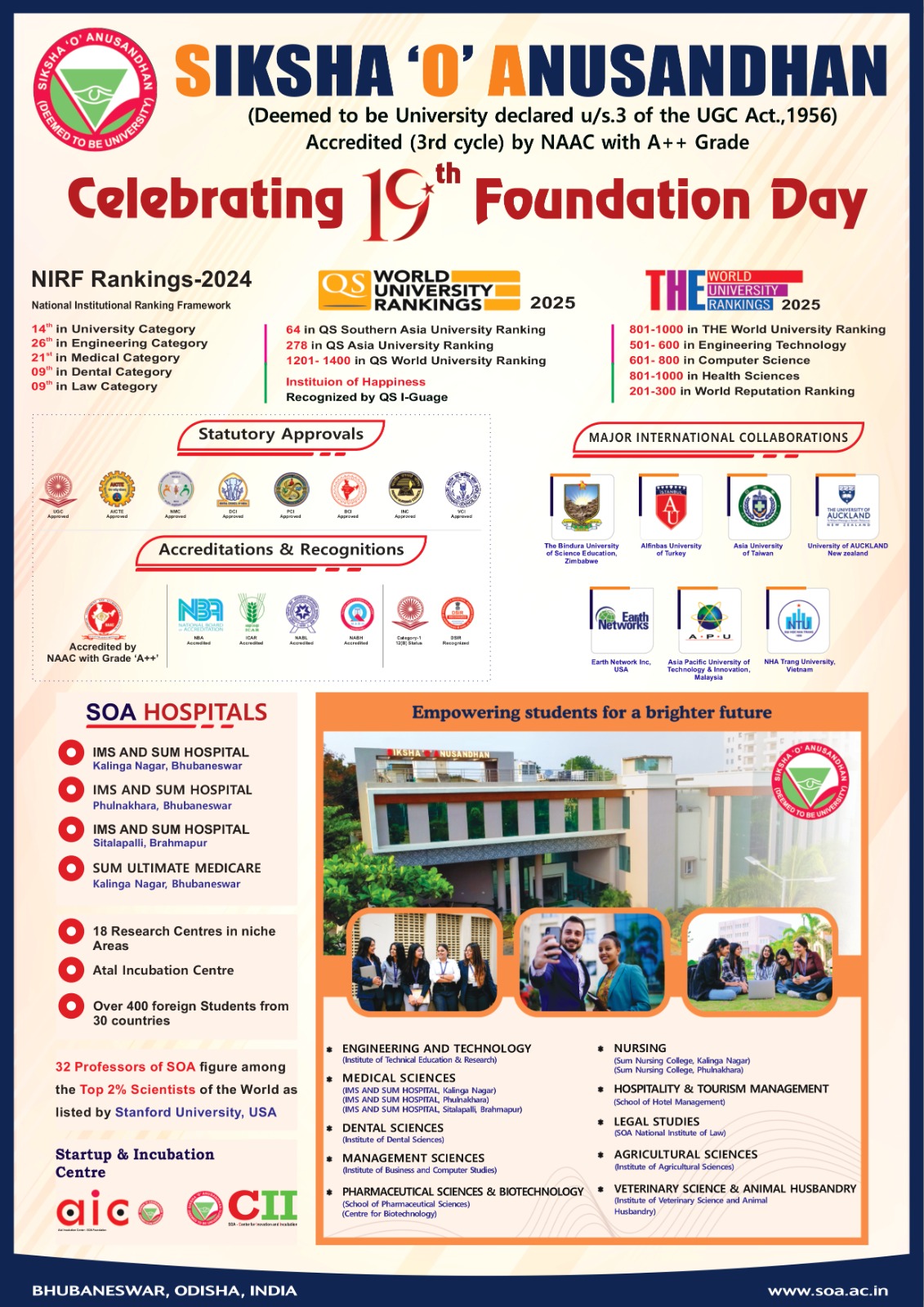Bhubaneswar: Puri, also known as the Pilgrim Town, is swarming with devotees from across the world to have a glimpse of the three presiding deities of Shree Jagannath Temple and participate in the annual 9-day Rath Yatra of Lord Jagannath, and His sibling deities Lord Balabhadra and Devi Subhadra from Shree Mandir to the Gundicha Temple.
The Ratha Yatra of Puri is considered the oldest and largest Hindu chariot festival celebrated annually in June or July, on the bright half of the lunar month of Ashadh. This year, the Rath Yatra begins on June 20 and continues till June 28. The festival is held in Odisha’s Puri and is associated with Lord Jagannath (a form of Vishnu or Krishna). During the festival, Lord Jagannath along with His siblings Lord Balabhadra and Devi Subhadra are pulled in three massive, wooden chariots to Gundicha Temple whereby they reside there for a week and then return to the Jagannath temple.
The Chariots
Three chariots weighing 200 to 300 tonnes each are ready for the annual Rath Yatra of 2.5km to the Shree Gundicha temple. Nandigosh, the chariot of Lord Jagannath weighs around 280 tonnes to 300 tonnes. The other two chariots of Lord Balabhadra (Taladwaja) and Devi Subhadra (Darpadalan) weigh 250 tonnes and 200 tonnes respectively. The three chariots are around 45 feet high each and have 12 to 14 wheels. A total of 250 workers were involved in the construction of these chariots for 58 days. Around 10,800 cubic feet of wood was used in building the three chariots.
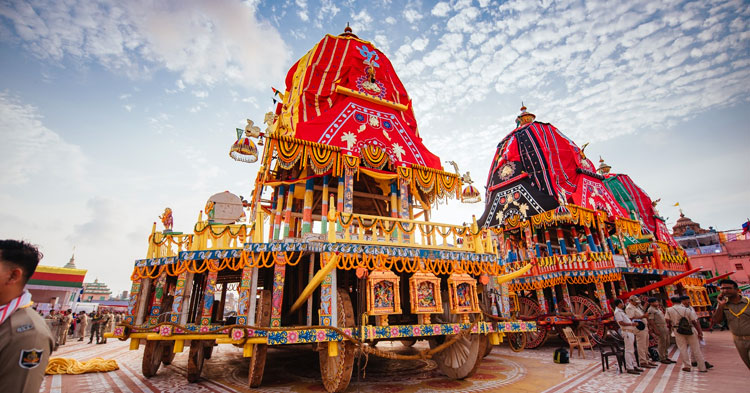 The three chariots are decorated as per the unique scheme prescribed and followed for centuries and stand on the Bada Danda, Grand Avenue. The chariots are lined across the wide avenue in front of the temple close to its eastern entrance, which is also known as the Singhadwara or the Lion’s Gate.
The three chariots are decorated as per the unique scheme prescribed and followed for centuries and stand on the Bada Danda, Grand Avenue. The chariots are lined across the wide avenue in front of the temple close to its eastern entrance, which is also known as the Singhadwara or the Lion’s Gate.
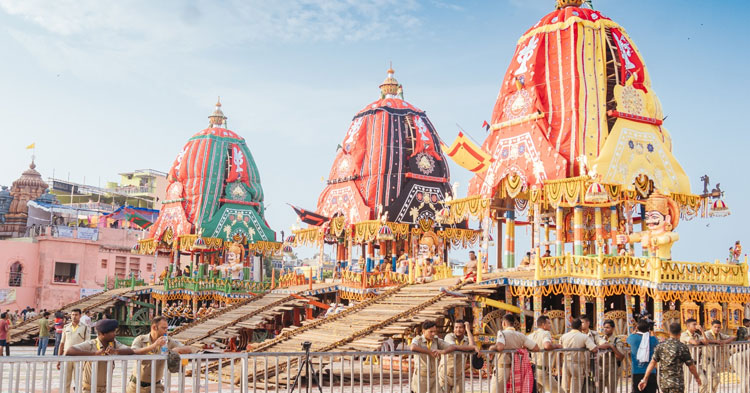
Around each of the chariots are nine Parsva devatas, painted wooden images representing different deities on the chariots’ sides. Each chariot has a charioteer (Sarathi) and four horses.
Pahandi Bije
The Pahandi Bije is scheduled at 9:30 am on Tuesday. In this ritual, the massive idols of Lord Jagannath, Lord Balabhadra, and Devi Subhadra will be carried in a ceremonial procession from the temple and installed on the chariots by the attendants. The chariots will be taken out for a procession called Pahandi Bije. Devotees will start pulling the chariots around 4.00 pm. The huge, colourfully decorated chariots are drawn by a multitude of devotees on the Bada Danda, the Grand Road to the Gundicha Temple, over two km to the north. On the way, Nandighosa, the chariot of Lord Jagannath, waits near the crematorium of Bhakta Salabega, a Muslim devotee, to pay him tribute.
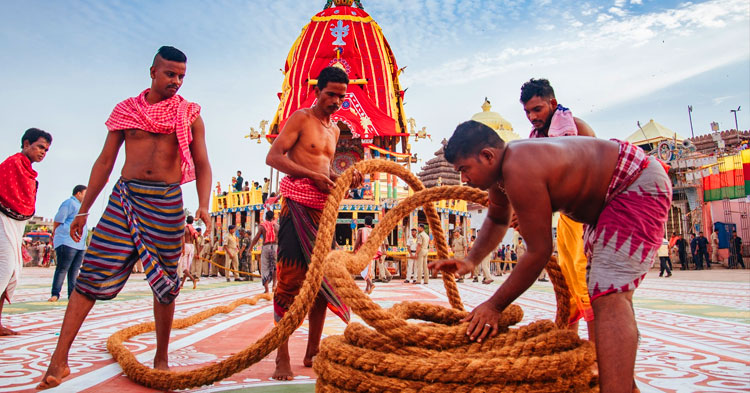
The chariots should reach the Shree Gundicha temple by the evening. The next day, all the deities will be taken inside the Gundicha temple where they will stay till June 28 when the return journey, known as Bahuda Yatra, is scheduled.
Chhera Pahanra
The second phase of the ritual known as is equally colourful and elaborate. Known as ‘Chhera Pahanra’, this ritual is performed by the king of Puri every year during the Rath Yatra. ‘Chhera’ is an Odia word denoting sprinkling of holy water while “Panhara” means sweeping the floor. After the idols of the lords are installed on the chariots, the king sweeps the chariots of the Lords with a golden broom. Then he worships the deities by performing an aarati after which the holy journey starts.
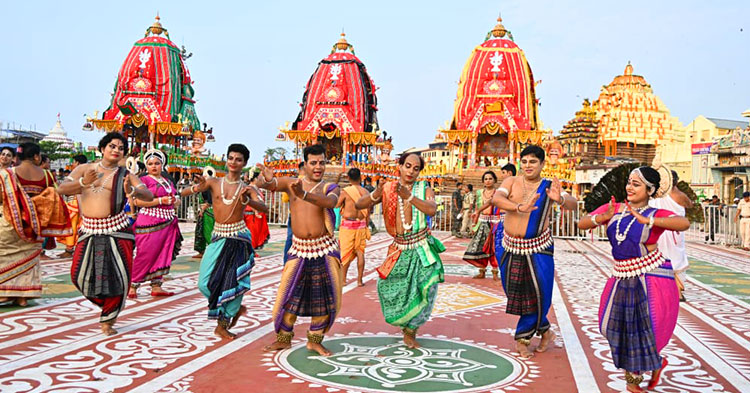
This ritual is performed to show the devotion of the head of the state to the Lord. With time the ritual has changed. Earlier the king used to sweep the street before the chariots as it used to proceed but with time the ritual has changed and now the king sweeps the chariots only. Chhera Pahanra will be held from 2.30 pm to 3.30 pm today.
Hera Panchami
Hera Panchami is a ritual observed during the period of Rath Yatra in the Puri Jagannath Temple. It is known as a ritual of Goddess Lakshmi. The fifth day from Rath Yatra, i.e., the fifth day in the bright fortnight of Ashadha is known as the Hera Panchami. During Ratha Yatra, Lord Jagannath comes out on a divine outing with his brother Lord Balabhadra and Devi Subhadra along with his divine weapon Sri Sudarshana, leaving behind His wife Mahalaxmi.
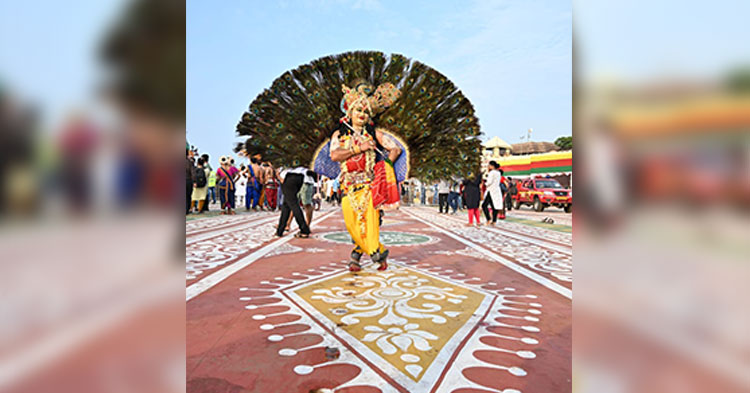
The Goddess expresses her anger for the deity. She proceeds to the Gundicha Temple, the Adapa Mandapa in a palanquin in the form of Subarna Mahalaxmi, and threatens Him to come back to the temple at the earliest.
To please Goddess Mahalaxmi, Lord Jagannath concedes to Her by offering her agyan mala (a garland of consent). Subsequently, Mahalaxmi returns to the main temple through the Nakachana gate. In a unique ritual, the Goddess orders one of her attendants to damage a part of the Nandighosa chariot. This is followed by her hiding behind a tamarind tree outside the Gundicha Temple. After some time, she escapes to Her home temple in secrecy, through a separate pathway known as Hera Gohri Lane. The unique ritual is enjoyed by lakhs of devotees of Jagannath.
The rituals of Hera Panchami as an important function of Shreemandir find mentioned in Skanda Purana.
According to the history of the Temple, this “utsav” started during the time of Maharaja Kapilendra Deb. Before his reign, the Hera Panchami function was observed in a symbolic way with the recitation of Mantras. As stated in Madala Panji, Raja Kapilendra Deb substituted this practice with the introduction of an idol of Mahalaxmi made of gold and making the celebration more realistic.
Bahuda Yatra
On the return journey of the Lords from Gundicha Temple to Shreemandir on June 28, the three deities stop for a while near the Mausi Maa Temple (Aunt’s abode) and have an offering of the Poda Pitha, which is a special type of pancake, which is said to be a favourite of the deities. After a stay of seven days, the deities return to their abode.
Ritual Timings
- Pahandi start: 9.30 am.
- Pahandi end: 12.30 pm.
- Chhera Pahanra: 2.30 pm to 3.30 pm.
- Pulling of Chariots: 4.00 pm.




